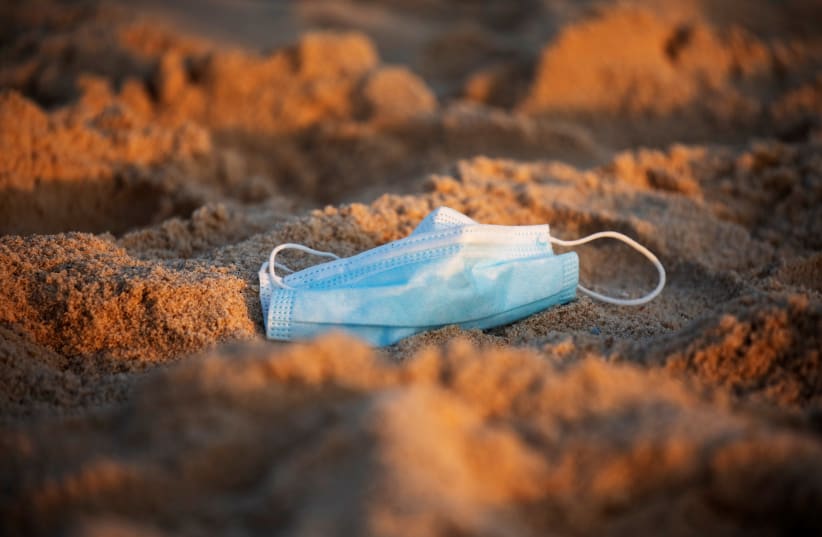How coronavirus effects the environment and vice versa -NASA studies
Among the researchers' projects are two that are currently exploring how the environment is impacting the spread of coronavirus by monitoring dust and weather, while six others explore the reverse.
